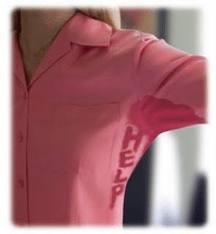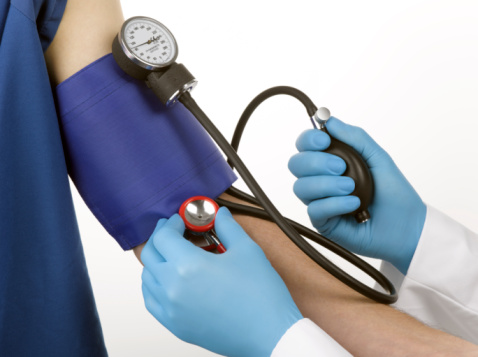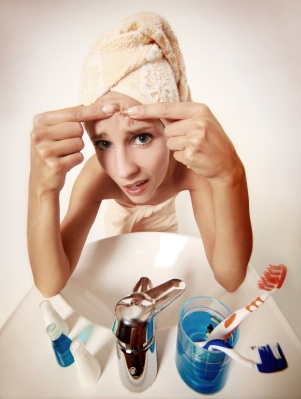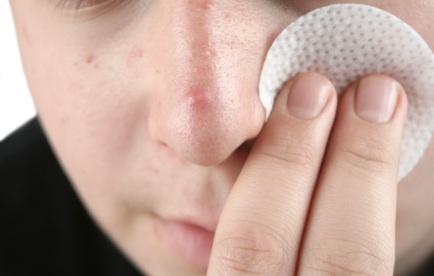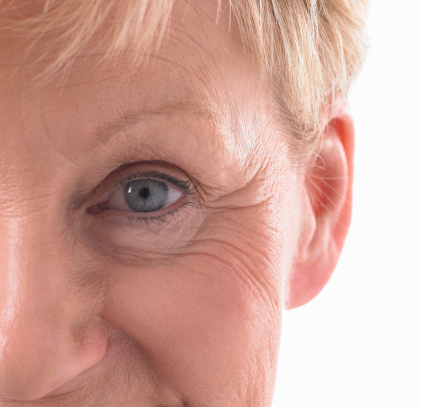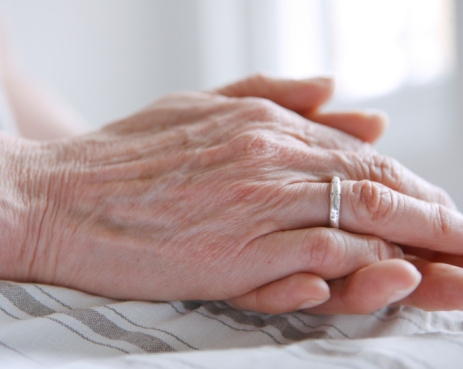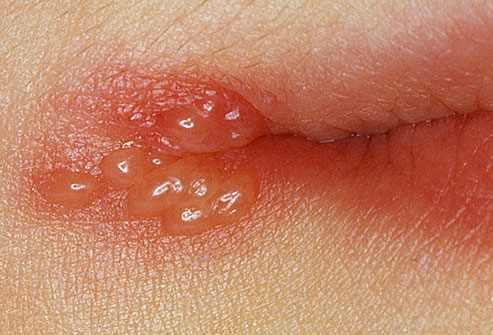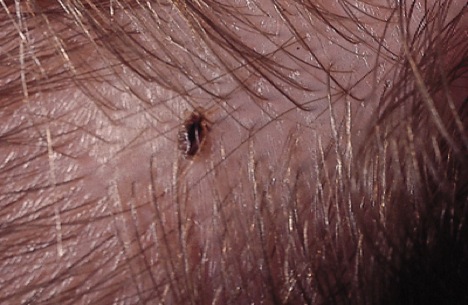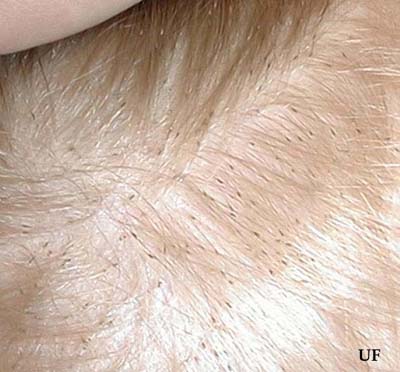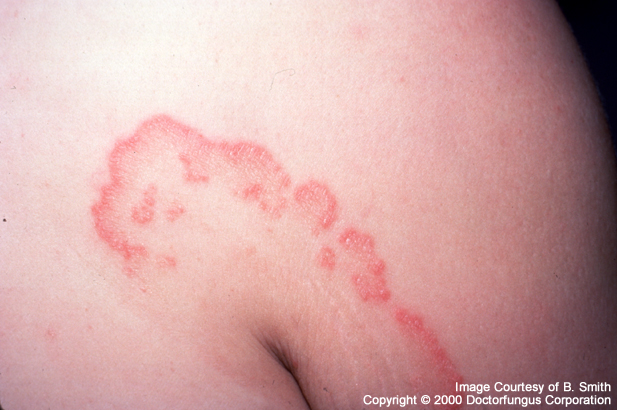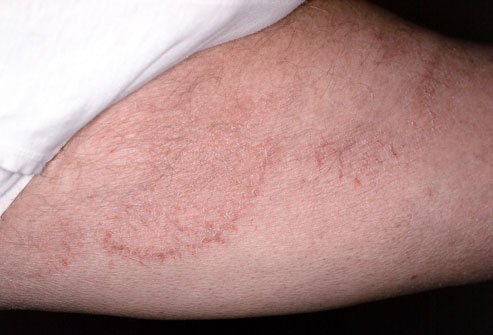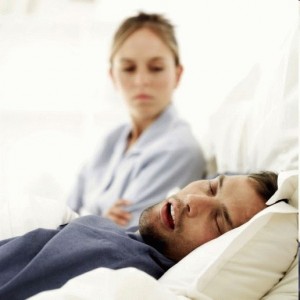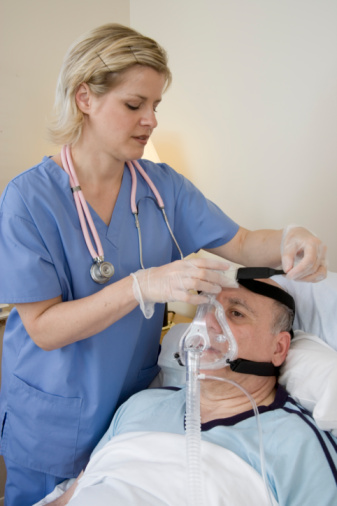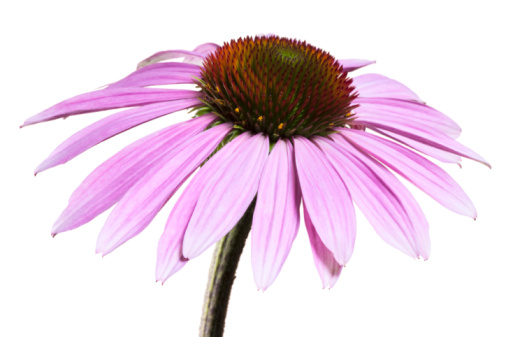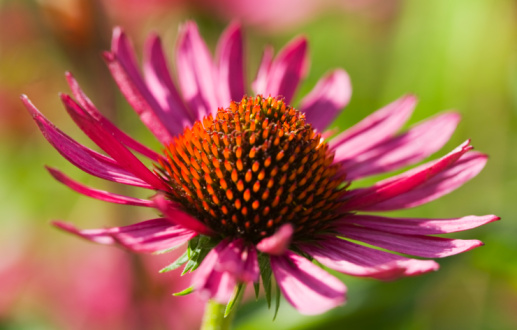Diaper Rash
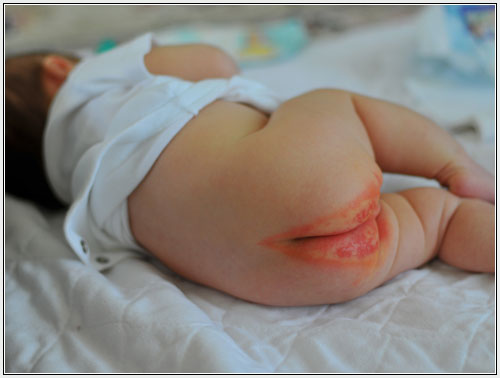
Introduction to Diaper Rash
Diaper rash is a fairly common symptom among newborn babies, infants and toddlers as they wear diapers. It mainly occurs when a wet diaper causes friction against the baby’s skin and irritates it enough to cause a rash.
Parents worry about their children’s health when they see diaper rash on their baby’s bottom and often have confusion about what to do about it.
Luckily, it is a temporary condition that is easily treatable and preventable for the future as well.
There are simple steps parents can take to reduce the inflammation and start the healing. Most remedies can be done at home and will not require any medications, unless it is a severe and unique case. Here are some common symptoms of diaper rash and easy tips to help baby feel better fast.
Symptoms
Diaper rash is most characterized as the appearance of a rash on the baby’s genital area. The skin will look tender, red and perhaps even puffy. You may notice red bumps as well. However, it is also common for babies of a darker complexion to get the same type of rash, but it will not always be red.
It can be lighter in color, or even more similar to their own skin tone. In addition to the genital area, the rash can also appear on the buttocks area and around the thighs. It can also be on the stomach and back of the baby. The bumps may bleed or ooze a little if the baby scratches it or there is a lot of friction. While a little bleeding is normal, anything more may indicate the onset of a secondary infection or a different type of skin condition.
Sometimes there is confusion with other skin conditions which can be more severe than diaper rash. While diaper and rash and another skin condition may occur at the same time, the more severe skin condition is often dismissed as diaper rash and not treated properly.
If the skin has blisters, open sores, patches of scabs with oozing fluids or moderate bleeding, these should be brought to the attention of your baby’s pediatrician for further treatment. This can be signs of eczema, psoriasis, atopic dermatitis or other skin conditions. You should also contact your doctor if the diaper rash continues or worsens for a week or longer, despite treatments at home.
Causes and Risk Factors
Wet or Soiled Diapers
There are various causes and risk factors that may cause diaper rash on babies. Not every baby’s skin will react the same and therefore, have different triggers to getting diaper rash. The most common cause of diaper rash, however, is a wet or soiled diaper that has not been changed frequently enough. This can result in diaper rash in two ways.
The first way is caused by chafing of a wet diaper against a baby’s skin, causing irritation. The other way is the urine or feces causing a skin infection from being next to the skin for a long period of time. Some babies will get diaper rash if they are not changed within an hour, while others are more prone to a rash if the diaper is left on overnight.
When the baby starts to sleep through the night and does not require nighttime feedings or wakes up during the nighttime, diaper rashes are more common. Diapers are sometimes left unchanged on the skin for up to 8 hours. Fecal matter tends to be more irritating to the skin than urine. If they have diarrhea, it is even more risky for diaper rash to occur.
Bacterial Infection
A yeast infection or bacterial infection may occur when the diaper is left on for a period of time. The combination of a wet diaper and an enclosed space results in a moist environment that causes bacteria and yeast to grow.
This gets deposited on the skin, and if the diaper is not changed frequently, it will breed the infection, causing itchy bumps and red dots on the skin. This can be more painful than a diaper rash caused by chafing. The bumps can often be found in the creases of the skin, where moisture tends to collect.
Even though it might originate in the creases of the skin, it can spread to the rest of the genital area, buttocks and stomach and thighs. Yeast infections can also occur if the baby is on antibiotics since the medicine kills both good and bad bacteria. This can cause an imbalance of bacteria, which leads to a yeast infection.
Breast Milk and Formula
Another cause of diaper rash is the type of food the baby is eating or drinking. Breastfed babies tend to have less diaper rashes than formula fed babies, but it is possible. Sometimes it can be due to the type of food a mother is eating.
The baby might be allergic to foods like nuts or soy and are receiving trace amounts of this food in the milk. However, the breasts do a great job acting as a filter and this is not common. For babies who do use formula and get diaper rashes frequently, it might be due to an allergy.
Sometimes babies are lactose intolerant and require soy-based or another based formula instead. Switching from breast milk to a formula for the first time can also increase the rate of diaper rashes as well. Breast milk is made up of the perfect combination of nutrients for a baby and switching to formula can be difficult on baby’s digestive system and he or she might produce stools that cause irritation to the skin.
Different Foods
When it comes to solid food, such as pureed baby food and rice cereal, we see a higher rate of diaper rashes occurring. The age bracket for babies to start solid foods tends to be between 4-6 months of age. The reason why diaper rashes are more prevalent during this age period is due to the changes of diet for baby.
The stools become different as well. The changes in stool are foreign to baby’s body and can cause the skin to react negatively. As new foods are introduced within the first 12 months of age, the stool will change and stools can still pose a risk factor for diaper rash. In addition, the baby might also be allergic to the type of food he or she is trying as well.
Irritating Materials
Sometimes the type of diaper or wipes can be the cause of infection. Most diapers and baby wipes contain dyes and fragrances that can cause sensitive skin to break out. They also tend to be bleached in order to give the appearance of “clean”. These all can be irritants to a baby’s delicate skin, especially in the genital area that is particularly sensitive.
Other products that often contain unnecessary fragrances and dyes are baby lotions, baby powders, detergent and fabric softener. Even products that are marketed towards babies tend to have added substances that may smell great and look nice, but can be harmful to baby’s bottom. Even baby clothing can be the source of a diaper rash or other types of rashes because of the type of material used, pesticides used in the cotton, or the detergent that it was washed in.
Neglect or Abuse
Sometimes a parent or caregiver can be neglectful and leave a baby with an unchanged, soiled diaper for hours at a time. This is different than leaving a diaper on overnight or by accident, because of certain circumstances. Neglect or abuse is intentional and demeaning to a child.
A diaper rash may be just one of many problems the baby is having if he or she is suffering from abuse or neglect. Just to be clear, not all diaper rashes are due to abuse or neglect. However, if you do suspect this is occurring, be sure to report it immediately. This can also be an occurrence among adults who wear adult diapers or incontinence problems.
Although this article focuses on diaper rashes on babies, many of the causes, concerns and treatments can be applied toward adults as well. If you are an adult who is a recipient of neglect or abuse, seek emergency assistance as soon as possible. This can be done by contacting the police or a trusted adult.
Prevention Options and Treatment
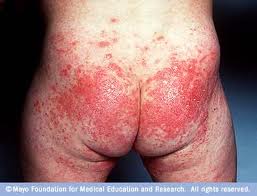
The prevention options and treatment of diaper rash tend to be the same types of methods. These include changing the diaper routinely, using gentle products and being aware of the foods baby is eating.
There are also a few steps you can take to treat the rash when it occurs, but will not necessarily prevent future occurrences. Each of these methods will be discussed in greater detail.
They are also very easy to do and can be done in the convenience at home. It requires simple changes in your routine that are beneficial to the child. Best of all, most of the treatments are free or low-cost to you, especially in the long run.
Frequent Changes
When it comes to preventing and clearing diaper rash, the number one thing you can do for your baby is change him or her on a regular basis. In a newborn baby, it is normal to expect 1-3 wet diapers a day. Their stools will also look sticky and dark. Within a few days, you should see 3-4 wet diapers a day, as well as regular bowel movements.
Breastfed babies tend to have a mustard-color, seedy diaper, which is completely normal. Formula fed baby’s stools tend to be darker, which is normal as well. By the 6th day, expect 6-8 wet or soiled diapers a day. As the baby turns 4 weeks of age, it is common to have 4-6 wet diapers a day, with about half of those being bowel movements.
Breastfed Babies
It is important to note that breastfed babies can sometimes have less bowel movements than their formula-fed counterparts. As the child becomes a toddler, wet diapers may increase, as well as the amount of urine during each wet cycle. However, the bowel movements tend to decrease as low as once a day or sometimes less. Although these are the average guidelines, baby’s frequency of wet and soiled diapers can be different. Talking with a pediatrician about frequency concerns can also be helpful.
With these frequency rates in mind, you can get a feel for how often your baby may need changing. Usually you will be able to detect a dirty diaper just by the scent, but if that is not the case, it would be a good idea to check once an hour when they are infants, except when you are both sleeping.
Stool Characteristics
Babies who are fed a strictly breastfed diet tend to have stools that are less smelly in nature as well, so it is a good idea to check them frequently for bowel movements. Diapers have evolved so that the technology in the material pulls moisture away from baby’s skin and absorbs it into the gel beads in the diaper.
What this means for you, as the parent, is not being able to always tell if a baby has a wet diaper. It may appear and feel dry to the touch, when in fact, underneath the layer of material are wet pellets. This new technology can also mask odors, making it harder to detect a diaper that needs changing.
Some diapers have added a line of blue to the inside bottom of the diaper than turns green when urine touches it. This can be helpful to see if your baby needs changing.
Technology in Treatments
It is similar to the technology used in training pants that help toddlers know when they need to change.
You will begin to get a feel for your baby’s changing routine. You might notice that they have more wet diapers at a certain time of the day or night, but less frequent as another portion of the day.
This is good because it means your baby will be changed regularly and will be less prone to getting a diaper rash. At the same time, if they already have a diaper rash, it would be a good idea to change even more frequently than before.
While they may have been able to stay in a wet diaper for an hour before, it would be best to change them even faster than that so you can be assured their bottoms will always be dry and placed next to a clean diaper, helping them heal faster.
Diaper Rash Applications:
There are a plethora of diaper rash ointments, creams and applications sold for babies. These can be helpful for parents on the go, but are not necessary and can actually make the infection worse. There are certain symptoms you should look for before applying diaper rash cream.
First of all, if there are any open wounds or bleeding, you do not want to apply cream. The reason behind this is because the cream will get into the cuts and can cause a bacterial infection. It also hinders the skin from healing because it is being blocked by the cream.
If you are out and about and do not have the option of letting their bottom dry, using diaper rash creams can be a short-term option. Breast milk applied to the rash is used in many countries where diaper rash creams are not an option and are costly. This is a free and natural way to heal the skin.
Letting the Skin Dry
Moisture is what caused the problem and the use of creams and such does not allow the rash to dry. After changing the baby, let him or her be naked for awhile, as long as it is not a cold environment. Getting some air to the body is actually a great way to dry the skin and start the healing.
If you are worried about the baby peeing, the use of a loose cloth diaper can come in handy. You can make your own using used clothing such as old t-shirts or soft flannel. Some parents switch to cloth diapers all together to save money and prevent diaper rash. In some cultures, this is the norm and is a gentle way to take care of the baby.
Colloidal Oatmeal
In order to ease the pain from a diaper rash, a warm soak in colloidal oatmeal will do the trick. Colloidal oatmeal works in two ways. It sooths the pain and it dries the skin. As mentioned before, we want to remove the moisture and drying actually helps heal the skin.
You can let the baby sit in the bath for 10 minutes and just enjoy the water. Be sure to dry them gently and thoroughly afterward. A box of 10 packets of colloidal oatmeal from Aveeno will cost you around $5.
Foods
When it comes to foods that cause irritation to the baby, there is no clear cut set of instructions to follow, except to notice which foods cause diaper rashes or an allergic reaction or not. Introduce one food at a time in order to always be aware of how the baby’s body reacts to each one. If you suspect allergies, talk with the baby’s pediatrician for further information.
Switching Products
Switching the types of products you use can make a difference in the way your baby’s skin reacts to products. Nearly every brand, from Huggies to Pampers sells a line of their diapers and wipes that are fragrance free and dye free. Other brands, such as Seventh Generation and White Cloud are void of fragrances all together.
Seventh Generations goes even further by not bleaching their diapers or wipes and uses organic materials. With the exception of White Cloud, each of these diapers and wipes cost more than regular diapers. Switching to fragrance free products such as lotions and detergent cost about the same as the ones you have already been using and are available in generic brands as well.
You can also switch out your baby powder for cornstarch which is gentler to the skin and does not have added substances to it and is still used by various Native American tribes today.

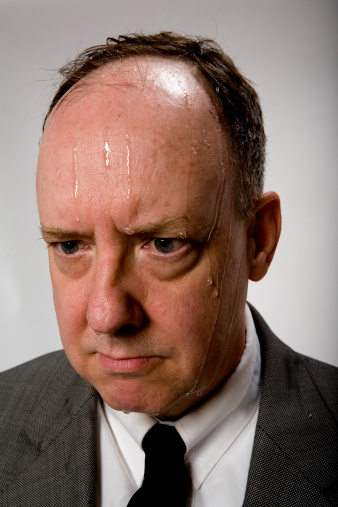 Remedies for Hyperhidrosis
Remedies for Hyperhidrosis